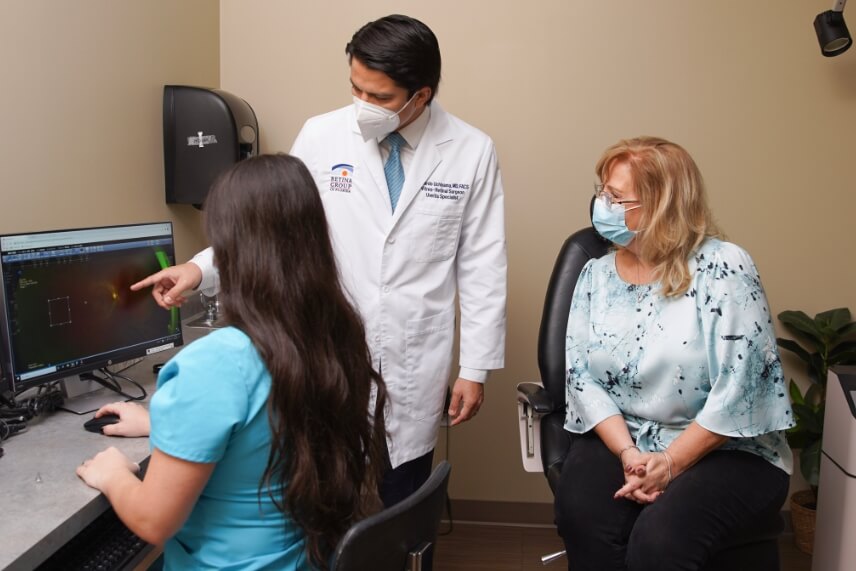Understanding Uveitis

Uveitis is a term that includes many different inflammatory diseases that affect ocular structures. Most patients are young, with ages ranging between 20 to 60 years of age, and the symptoms produced by their uveitis have a severe impact on their lives and work. Uveitis causes about 10% of blindness in the US.
The ocular inflammation can affect different parts of the eye and cause various symptoms, including floaters, eye pain, light sensitivity, and pain. These conditions might involve just the eyes or be associated with either pre-existing systemic diseases or yet-to-be-diagnosed issues.
Most patients do not have any history of eye issues and then suddenly develop eye problems. They are usually seen by their optometrist or ophthalmologist and then referred to us for evaluation. These patients are typically scared, and part of my job is to help them understand what is happening and give them hope. In these patients, the issue can be either infectious or non-infectious, and the management is very different. My main goal is to determine what type of uveitis it is and control the inflammation before permanent damage develops.
Some of our patients have seen multiple doctors before coming to our clinic and typically have a history of months or even years of ocular inflammation. By the time they come to us, the patients usually have some permanent vision loss and do not think they can get better. It is not uncommon for us to find systemic issues in patients with uveitis.
If an underlying condition exists, we might need to work closely with other medical specialists such as primary doctors, infectious disease specialists, rheumatologists, or oncologists to get the best available treatment to our patients.
Uveitis patients have complex diseases, need frequent visits, commonly require systemic treatments, but when their illnesses are handled correctly, the results are rewarding.
We have the experience and skills needed to identify potentially blinding conditions even at an early stage, gauge how aggressive the treatments should be, manage systemic medications to control intraocular inflammation, and know when to refer patients to other specialists for assistance.
An eye examination and proper testing can be the first step to save a patient’s sight or even save their lives.


